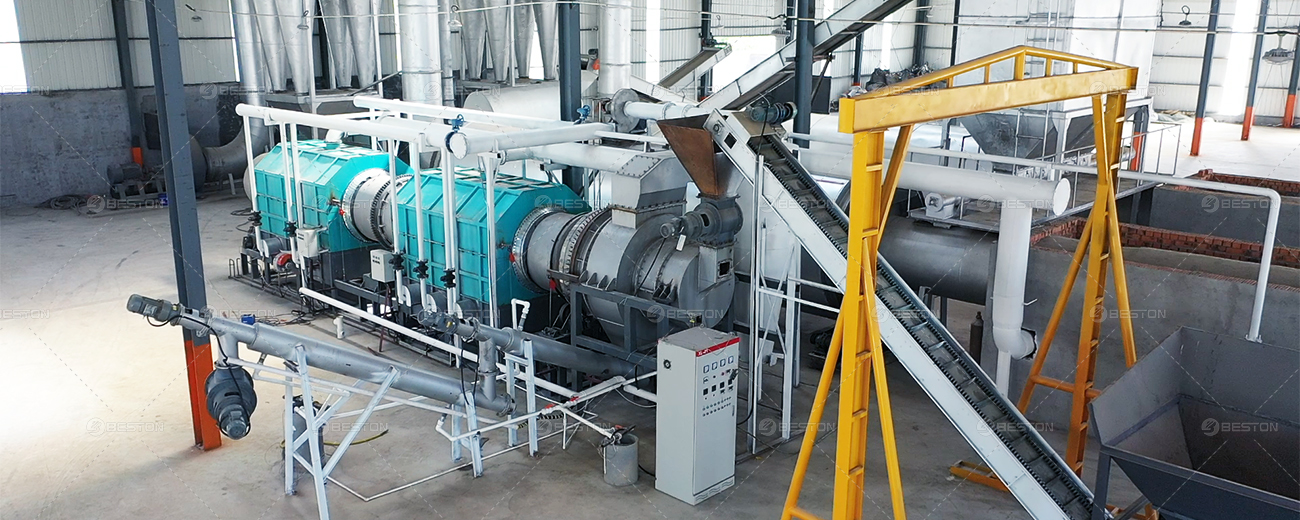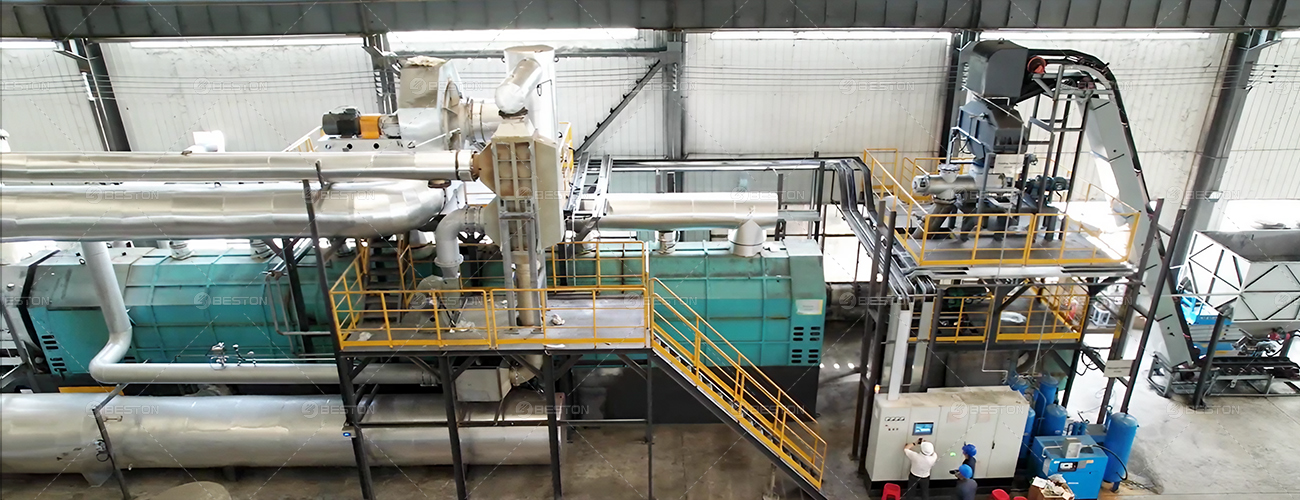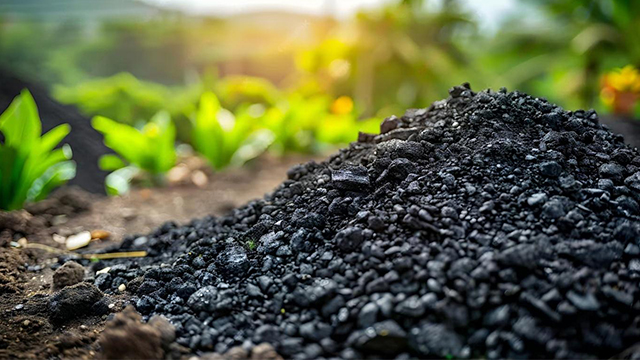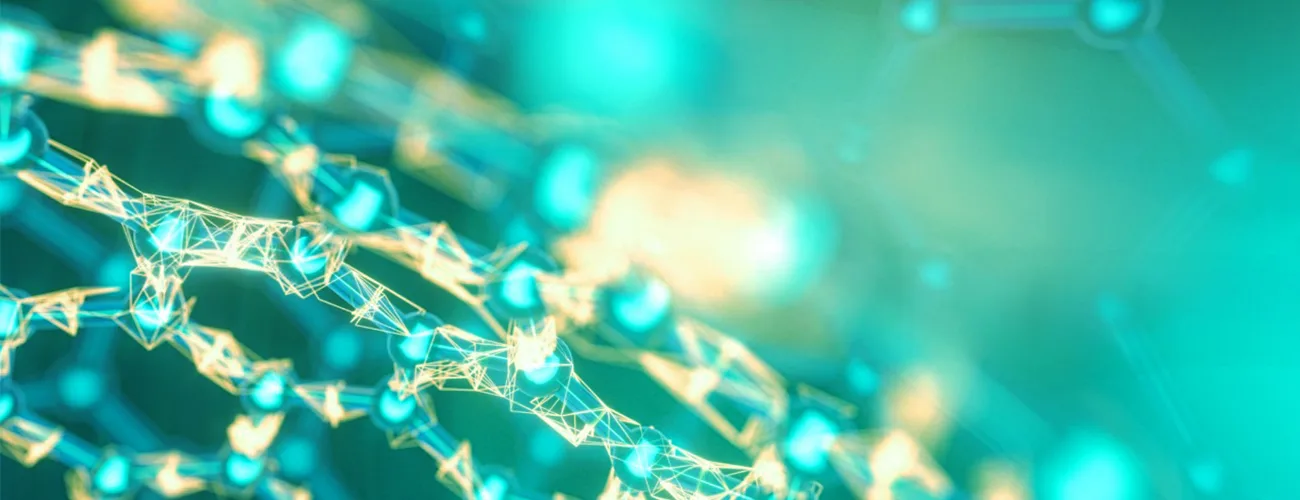The global accumulation of end-of-life tyres (ELT) presents a formidable environmental challenge, necessitating advanced thermochemical recovery methods. Among these, the pyrolysis plant stands as a sophisticated solution for the depolymerization of complex elastomers into high-value hydrocarbons. However, the transition from waste to resource is governed by a rigorous matrix of regulatory compliance, safety protocols, and emission standards that dictate the viability of any industrial-scale operation.
Structural Integrity and Engineering Standards
Ensuring compliance begins with the mechanical specification of the tyre pyrolysis plant. Modern engineering requires adherence to pressure vessel codes, such as those established by the American Society of Mechanical Engineers (ASME) or the European Pressure Equipment Directive (PED). Because the thermal decomposition process occurs in an anaerobic environment under specific pressure gradients, the structural integrity of the reactor is paramount to prevent volatile gas leakage.
High-grade refractory materials and specialized alloy steels are utilized to withstand the cyclical thermal expansion and contraction characteristic of batch or continuous systems. A compliant facility must implement automated PLC (Programmable Logic Controller) systems to monitor real-time thermodynamics, ensuring that the process remains within the designed safety envelope. This technical oversight mitigates the risk of catastrophic failure and ensures the longevity of the infrastructure.
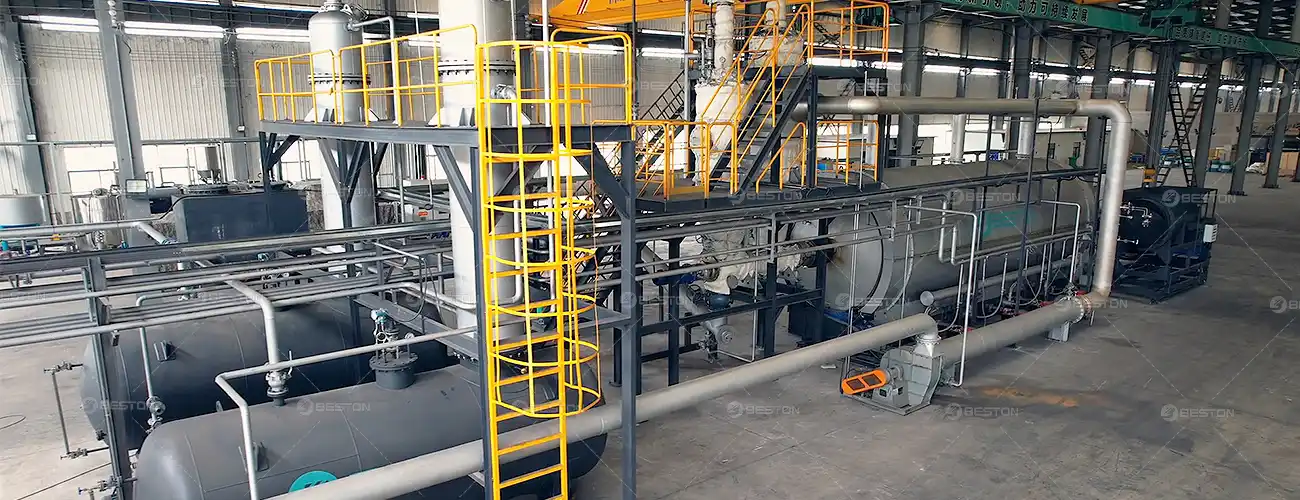
Emission Mitigation and Atmospheric Compliance
The environmental legitimacy of a pyrolysis plant is primarily judged by its atmospheric discharge. The thermal processing of vulcanized rubber releases a variety of non-condensable gases and particulate matter that require sophisticated scrubbing technologies.
-
Acid Gas Neutralization: To comply with regional air quality standards, flue gases must pass through desulfurization towers. These systems utilize alkaline sprays to neutralize sulfur dioxide ($SO_2$) and other acidic byproducts.
-
Particulate Filtration: High-efficiency fabric filters or electrostatic precipitators are employed to capture carbon black fines and fly ash, preventing their release into the troposphere.
-
Dioxin Control: Maintaining the combustion chamber at temperatures exceeding 850°C ensures the complete destruction of furan and dioxin precursors, a critical requirement for meeting stringent emission limit values (ELVs).
By integrating these multi-stage purification systems, an operator demonstrates a commitment to ecological stewardship and statutory adherence.
Solid and Liquid Product Specification
Compliance is not limited to the process itself but extends to the chemical properties of the outputs. The primary products—pyrolysis oil, recovered carbon black (rCB), and steel wire—must meet specific market and safety standards to enter the circular economy.
The liquid fraction, often referred to as tire-derived fuel (TDF), must undergo flashpoint and viscosity testing to ensure safe handling and transport under ADR (International Carriage of Dangerous Goods by Road) regulations. Similarly, the recovered carbon black must be refined to remove inorganic impurities, aligning with the technical requirements of downstream industrial applications such as rubber compounding or pigment production.
Operational Safety and Occupational Health
A robust compliance strategy incorporates a comprehensive Risk Assessment and Management system. The volatile nature of hydrocarbon processing necessitates the implementation of "Ex-rated" (explosion-proof) equipment in hazardous zones.
-
Vapor Containment: Utilizing double-mechanical seals on rotating reactors prevents the escape of syngas.
-
Emergency Venting: The installation of rupture disks and safety relief valves provides a mechanical failsafe against over-pressurization.
-
Fire Suppression: Automated foam or water-mist systems must be strategically positioned to address the high energy density of the feedstock and finished oil.
Furthermore, occupational health guidelines require rigorous monitoring of VOC (Volatile Organic Compound) levels within the facility to protect personnel from long-term respiratory ailments.
Waste Management and Chain of Custody
The legal operation of a pyrolysis plant requires meticulous documentation of the feedstock's origin. In many jurisdictions, this is managed through a "Duty of Care" system or electronic waste tracking. This ensures that the tyres processed are not sourced from illegal stockpiles and that the facility remains within its permitted annual throughput capacity.
Proper management of residual waste, such as the heavy sludge from oil-water separators, is equally vital. These substances must be disposed of via licensed hazardous waste contractors to prevent soil and groundwater contamination. Maintaining an audit-ready trail of these transactions is a prerequisite for renewing environmental permits.
Future-Proofing Through Technical Innovation
As environmental legislation evolves toward "Zero Waste" and stricter carbon accounting, the technical sophistication of the pyrolysis plant must keep pace. The integration of heat recovery steam generators (HRSG) can improve the energy efficiency ratio of the facility, potentially qualifying the operation for carbon credits.
Compliance should not be viewed as a static milestone but as a continuous process of technical optimization. By prioritizing advanced filtration, automated safety systems, and transparent waste tracking, operators can ensure that tyre pyrolysis remains a cornerstone of sustainable industrial development.
